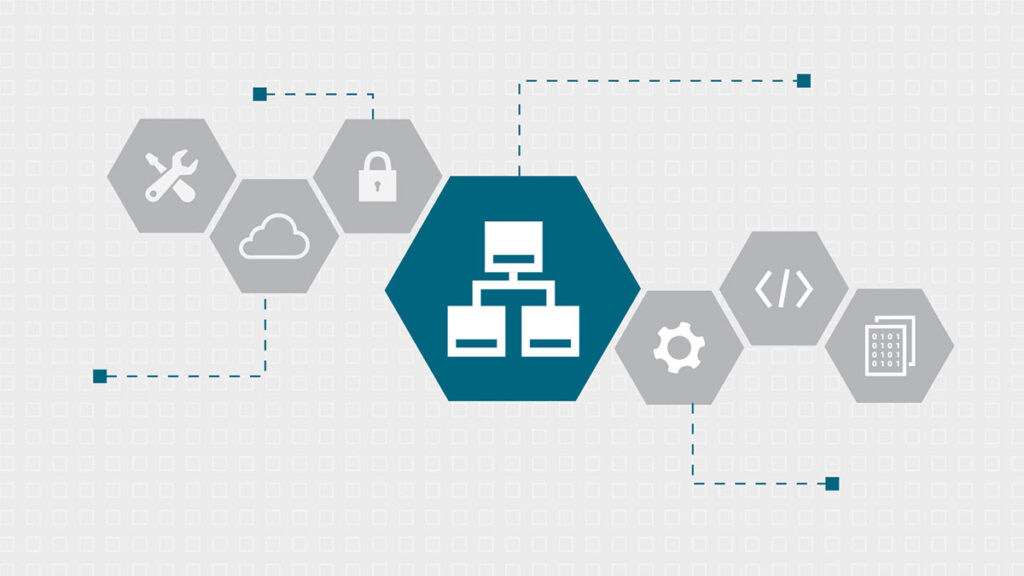We’re in the season where many people like to look ahead and make predictions for the future: what role will AI take on in 2024? How will enterprises innovate with machine learning? But I’d like to talk about some things that aren’t changing – at least at their core.
Core enterprise objectives haven’t fundamentally changed
Some aspects of enterprise integration will always be important to people, no matter what form they take:
- Automation: reducing manual effort on complex integration processes
- Reliability: consistent data delivery, trustworthy transactions, and business continuity
- Connectivity: seamless connectivity between disparate systems and partners
- Security: advanced security and compliance measures
- User experience: abstracting away the enterprise and ecosystem complexity
I saw some of these reflected in TechTarget’s 2023 North America IT Priorities Study, which found 66% of organizations are increasing their use of automation, and cybersecurity had the highest average number of planned investments.
Fundamentally, each new technology still touches on these same things; enterprises still seek better automation and improved security. Most often, we use innovations to help us reach these same outcomes in a better, faster, and cheaper way.
The risk in today’s obsession with the latest and greatest is that technophiles can forget to look back to their ultimate why: the customer.
At the end of the day, it all comes down to the user experience, and each of the points above ultimately serve to create a stronger user experience.
Consolidation can be a motor in achieving these objectives
The topic of consolidation consistently comes up as a suggested strategy for achieving many of these objectives above. Certainly, one major complicating factor in IT security is surface area. The more vendors you have, the more relationships you are simultaneously managing.
When different tools must be integrated into the core of your infrastructure, tracking down the origin of a breach requires significant detective work.
Working with a single vendor for multiple ecosystems (APIs, MFT, EDI…), on the other hand, makes it possible to go much deeper on security. They understand more completely your architecture and can work more collaboratively on securing it.
This kind of synergy bleeds over into more seamless connectivity, greater reliability, increased automation… Simple, elegant integration is more feasible with a trusted vendor for your whole IT ecosystem.
The user experience is a critical factor here as well: having to look at multiple screens and dashboards to track down information or ensure compliance, processing notifications from multiple vendors, operation and administration of infrastructure… there’s quite a lot of freedom when you’re able to build experiences on top of a consolidated infrastructure with consistent APIs and file transfers.
Consolidate IT assets to derive greater value
This consolidation principle applies to IT assets on a more granular level as well; it’s why we built Amplify Enterprise Marketplace, so that enterprises can have a truly universal view of all their assets.
Amplify Marketplace uses agent-based integration for multiple API gateway solutions and data planes, so users get a unified experience regardless of service type and location.
They’re also getting a single source of truth about your company’s APIs and IT assets. These are assets they can trust, with the ability to apply a consistent security policy throughout a global organization.
When I speak of consolidation here, I don’t mean forcing lock-in to any single vendor. Rather, I mean the consolidation of all your enterprise assets in a place that has consistent documentation, consistent discoverability, consistent policy for consumption and governance.
There are likely right times to consolidate vendors, and there are times it doesn’t make as much sense – for example, because you want to give decentralized teams the freedom to work with the tools they prefer.
But what does make sense, in either situation, is to have a consolidated view of what you have, in order to better secure and manage all your assets.
Prioritizing trust in 2024
This time last year, there was a lot of buzz around the Metaverse. While this virtual world certainly has potential, it is still unclear how widely adopted it will become.
What we have seen, however, is an accelerated shift towards hybrid cloud integration solutions. The need for businesses to seamlessly connect applications, data, and processes across various environments (on-premises, multi-cloud, and edge) has also grown considerably.
And the TechTarget survey I mentioned earlier found 86% of enterprises were considering leveraging managed service providers. It appears that many see the value of entrusting cloud MFT or B2B integration or API management to a trusted service provider; what they gain is greater automation, reliability, connectivity, security, and a stronger user experience.
My challenge this year to all of us is to make user experience a first-class citizen in our business strategies. It only makes sense to add new technologies and features to enterprise integration solutions if it improves the user experience – rather than following the latest trend because it is a cool thing to do.
At the end of the day, it’s about listening to our customers: they need what we have to offer, and they want to be delighted by a more seamless integration, a simpler deployment to the cloud, faster updates, more bulletproof security.
As software providers and strategic advisors, earning trust is our highest achievement.
Download our guide to get fresh expert insights into the trends and industry movements of 2024.

Follow us on social